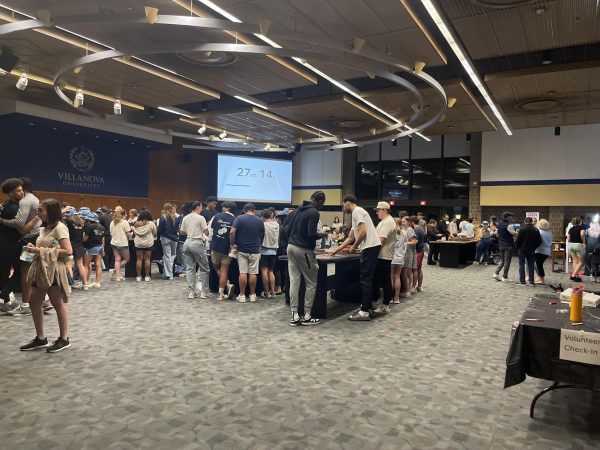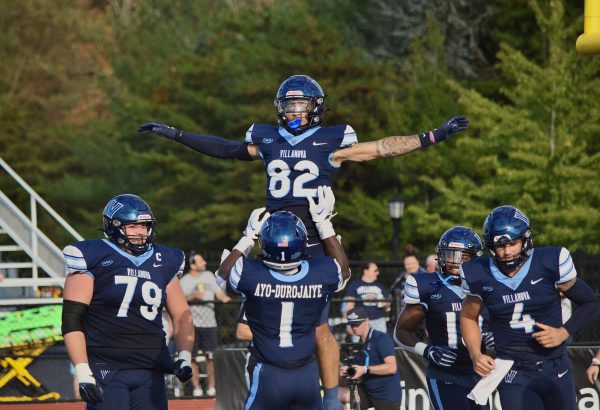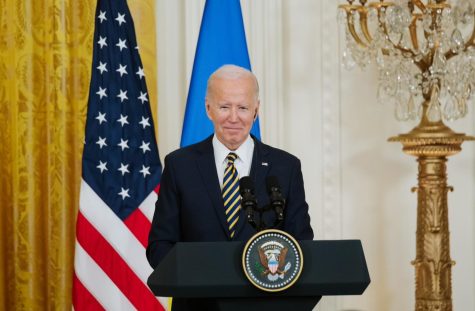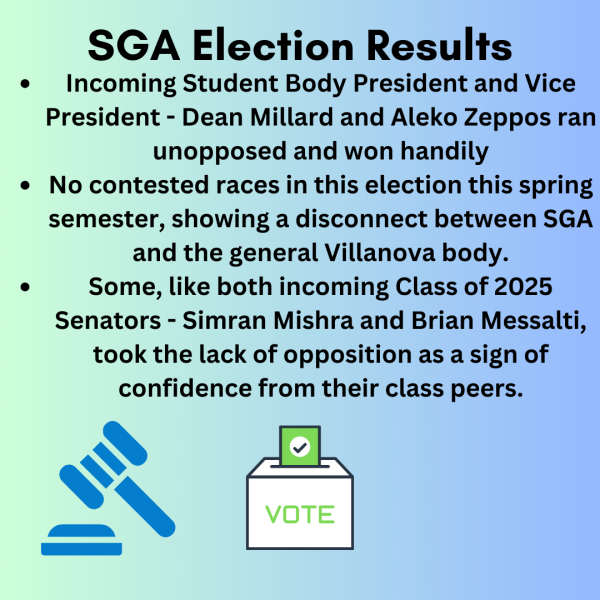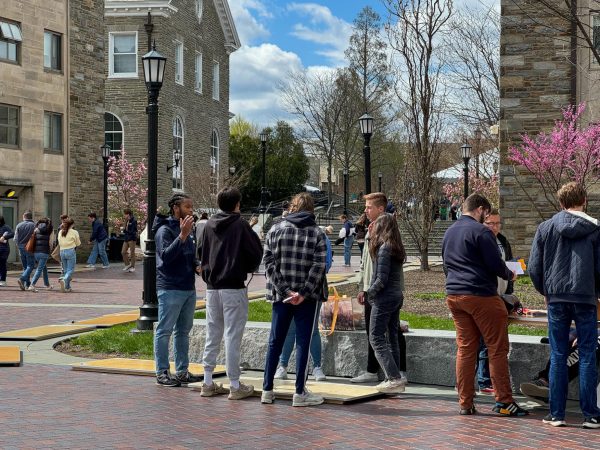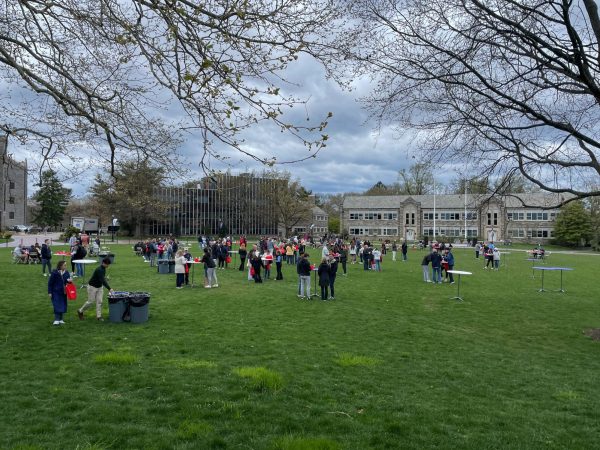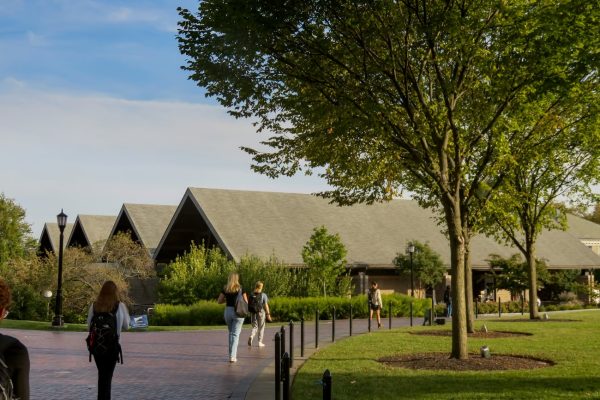Students Who Test Positive for COVID-19 Share Experiences of Quarantining at The Inn at Villanova and at Home
Courtesy of The Inn at Villanova
Some students, who cannot safely or quickly get home, must quarantine at the Inn at Villanova.
September 16, 2020
Since classes began on Aug. 17, the University has monitored, and more recently, began publishing data on our community’s number of cases. Luckily, the University’s numbers seem much lower than other local schools, such as Temple which surpassed 300 cases within the first two weeks of classes. With this influx of data, many community members are left with questions. What is it like at the Inn? What constitutes a 10-day or 14-day quarantine? How does one even get tested?
To give light to some of these endless questions, The Villanovan hope to hear what students had to say about their experiences with University-sanctioned quarantine and testing. Their stories offer information, but subtle discrepancies across their experiences seem to open the door to more questions.
Before returning to campus, community members received COVID-19 self-proctored testing kits through Quest Diagnostics. When sophomore Brooke Githens tested positive through Quest, she was surprised. She said she previously had COVID-19, felt no symptoms after testing positive and all of those she had come into close contact with tested negative. Out of curiosity, Githens was tested three separate times following Quest’s diagnosis. She tested negative all three times. Nonetheless she followed the regulations the University gave her: a 10-day quarantine.
Although she believes her original test was likely a false positive, Githens said she wasn’t upset that she stayed home. She wasn’t sure how students would be adhering to regulations back on campus and wanted to proceed cautiously. Additionally, she said her professors were all understanding in regards to her absence, creating alternatives to the in-person labs that she had missed. Githens returned to campus during the second week of classes and has remained healthy since.
On the evening of Aug. 24, sophomore Connor Chegwidden noticed his first minor symptoms: a light headache and body aches, mirroring a common cold. After monitoring his temperature the following day, Chegwidden decided to go to the Health Center, although he never spiked a fever. When his rapid test came back positive the next day, he called his parents and his mother was on her way from New Jersey to pick him up. Luckily, Chegwidden’s roommate was still in his dorm, because Chegwidden was no longer allowed inside of his residence hall and needed access to his textbooks for quarantine. His roommate was tested in the Health Center shortly after.
Like Githens, Chegwidden was advised a 10-day quarantine. Additionally, he was asked to create a list of those he had been in close contact with — that being within six feet of them, without masks and for more than fifteen minutes. During this process, he was told that if he started showing symptoms on Monday, he had likely contracted COVID-19 two days previous on Saturday. Thus, he was told to only list people he’d been in contact with since Saturday — potentially excluding exposed students if he contracted COVID-19 earlier.
For those that were included on his list, only his roommate was required to be tested, while the rest of them requested testing regardless of symptoms. Only one tested positive, but nonetheless, they were all required to quarantine. When asked about the testing, he explained that, to his understanding, testing positive would require someone to quarantine for 10 days, while testing negative or not getting tested at all required a 14-day quarantine period. Like Chegwidden, his friends lived within 300 miles of campus, so they quarantined at home.
Chegwidden said he did appreciate being in the comforts of his home to recover, but bringing COVID-19 around his family was the most stressful part of the process. His brother found a friend’s house to live at while he was home, and he spent the car ride leaving the Health Center with a mask on and all the car windows rolled down. Once he was home, he tried to quarantine away from his family members, and luckily, none of them have felt sick since. Otherwise, his professors were all understanding and he maintained his academics from home. Chegwidden returned to campus on Sept. 4 and has been healthy since.
For students who are unable to drive home, like sophomore Illinois native Sarah Brady, a call from the COVID-19 tracing team meant having to find somewhere to quarantine. While some of Sarah’s friends could individually quarantine in their apartments, Brady was placed at the Inn for a 14-day period. A Public Safety officer met her at her off-campus apartment to drive her, both of them in masks.
While there, Brady was pleasantly surprised with the Inn. She spoke of newly renovated rooms, a terrace for fresh air, and enough open space to work out. Although lonely, she said she kept up with friends and family over the phone and Zoomed into each of her classes. As a picky eater, she also spoke highly of the food. She would fill out a form every evening to order her three meals for the following day.
Interestingly, Brady explained two situations where she was allowed to leave her room. Aside from her delivered meals, there was a cafe with drinks and snacks for the students inside the Inn. An employee stands at the counter behind a sheet of plexiglass to hand the students whatever they request. Secondly, when her room was being cleaned, Brady was sent to sit in the lobby with her mask on, while employees in full body protection cleaned her room. To her understanding, rooms were cleaned every four days for about 10 minutes.
Sophomore Cassidy King had similar thoughts about the Inn. King had last seen her father on Aug. 12, so whenshe tested positive on Aug. 19, the Health Center had King finish a 14-day quarantine from when she last saw him, meaning she was placed at the Inn for the remaining seven days. A Public Safety officer picked her up from her dorm to drive her with a large screen between the two of them. Because she had no symptoms, she was not tested. She was not asked to make a close contact list nor was her roommate tested.
King said although she lives roughly 300 miles away from campus, she would have preferred to quarantine at home, but wasn’t aware that was an option. Nonetheless, she made the most of her short time in quarantine. She also raved about the food and participated in her classes through Zoom. Her biggest complaint was feeling isolated while watching her friends experience their first week of sophomore year through her phone. The only other people she saw were the few employees at the cafe or those that cleaned her room. Like Brady, she didn’t run into any students while she was outside of her room.
Freshman Natalie Monti had an almost identical story to King. On Aug. 20, Monti’s parents called to inform her that her father tested positive exactly a week after she had seen him last. When she called the Health Center, they told her because her father’s symptoms started within 48 hours of contact with her, they wanted her to quarantine. Campus transportation picked her up on South Campus and drove her to the Inn to quarantine for seven days, bringing her total number of days since contact with her father to 14. When she asked if she was getting tested, they told her they wouldn’t test her without symptoms. Monti gave her information to the contact tracing team, but they never reached out to her. Additionally, she was told that because her roommate did not have direct contact with her father, her roommate did not need to quarantine.
Monti also gave glowing reviews of the food at the Inn. In fact, her TikTok about the food has been circling around campus. Like the others, she never ran into students at the cafe and was notified on her phone when to leave the room, presumably to avoid students in quarantine coming into contact with each other. She recalled that she sat in the lobby for around 30 minutes.
All that said, it’s important to note that these accounts were from students about their experiences and not from those working in the Health Center implementing regulations.





